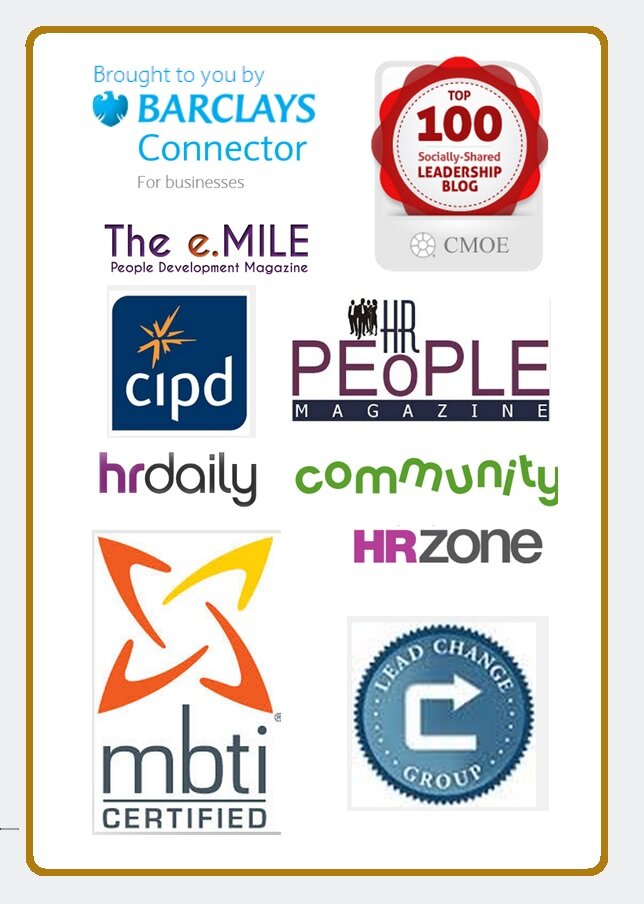Sales and Integrity?
Welcome to my second guest blogspot – I am really pleased to introduce Richard Lane of durhamlane, Sales Consultancy. Richard has a fresh and honest approach to his expertise which helped me when I was first starting up. Much gratitude to Richard for his blog post. You can find more about Richard and durhamlane below. Enjoy!
“Can a sales person be 100% honest? That would make for an interesting blog post” a good friend said to me a while ago. The question has been playing on my mind ever since. I suppose a similar question would be is something Black or White. To me, being a sales professional relies on being able to see the colours in-between – or ‘grayscale’ to use the language of my HP printer.
If we relate “100% honesty” to having integrity, being the consummate professional and always trying to do the right thing by your clients and prospects then it is essential. Success in Sales means being able to navigate around a customer’s organisation – listening here, offering advice and providing feedback there. It is not our place to make controversial statements or to disenfranchise. Rather we must challenge – where and when appropriate – and build rapport and relationships that make someone want to buy from us. Offering value, becoming a trusted advisor and delivering products and services that have a positive impact.
There are times when it is better to stay quiet rather than speak up, others when we focus on one feature at the expense of another. Does this mean you are being dishonest? Only if you do so in the knowledge that you are not offering your prospect or customer the best solution possible.
The Sales Profession has built itself a reputation that not many envy. Perhaps this is because of a tendency to focus on short-term success. Worse, Management has pushed a culture of short-termism. This type of self-preservation is not long-lasting. Trust rapidly disintegrates. The most important sale is not the first to a new customer but the second – when you have successfully delivered so that they want to come back for more.
I know lots of great sales people who are focused on developing win-win relationships built on trust, reliability and professionalism. The word cloud above comes from a survey we ran a year or so ago where we asked sales people what first words came to mind when they thought of Sales. We intend to run it again soon and will share the results.
The Sales Profession knows it has to do better and it is rising to the challenge. I could point you to many sites both here in the UK, the US and around the rest of the world where sales individuals and organisations are helping others to make a lasting difference. Just four examples of sales pro’s I respect include:
Dave Stein at
Paul Castain at Sales Playbook
Neil Warren at Modern Selling
Donal Daly at
2012 will see all of us here at continuing do our bit to put a positive dent in the sales universe. What can you do to put Pride back into Sales?
[message type="custom" width="100%" start_color="#FFFCB5" end_color="#F4CBCB" border="#BBBBBB" color="#333333"]
Before becoming a recognised sales trainer and coach, Richard spent his career in sales, management and sales leadershi p positions for learning and software/technology companies. Having won numerous global blue-chip customers, Richard successfully managed global client teams to service and grow these accounts. His passion is in crafting solutions designed to solve complex business challenges, always with the goal of creating win-win and long-term value.
p positions for learning and software/technology companies. Having won numerous global blue-chip customers, Richard successfully managed global client teams to service and grow these accounts. His passion is in crafting solutions designed to solve complex business challenges, always with the goal of creating win-win and long-term value.
Business fit, business value and long-term relationships are at the heart of everything Richard does. He is driven by a desire to raise the bar of the sales profession in the UK. Having worked every sales role, he has an instinctive ability to relate to both business owners and their individual sales staff, motivating, increasing confidence and providing inspiration. No matter the title, Richard has always kept selling; leading by example.
He is a blogger, a runner, a blues guitar player, a self-confessed “non-techie-techie” and a member of the Institute of Sales & Sales Management. To find out more about Richard and durhamlane, visit:. To sign up to durhamlane’s newsletter, visit: You can also follow Richard on twitter @richardmlane and @durhamlane [/message]
To find out more click here
If you are a leader, you are continually developing and "Sharpening the Saw". If you lead and manage teams, then you must read about our Inspirational New Leadership Programme. Sign up now to find out more details when we launch in July 2014. There is no obligation to undertake the programme, if you sign up today, you will simply be sent more information about the programme. You can unsubscribe at any time! Click below to register for further information.





 [message type="custom" width="100%" start_color="#FFFCB5" end_color="#F4CBCB" border="#BBBBBB" color="#333333"]For over 30 years Juli has been working in the people development business, in public, private and third sectors, as an employee, owner manager, consultant and in her latest reincarnation, a Senior Teaching Fellow at Newcastle University Business School. Born and brought up in Newcastle, she loves the city and is delighted to be working in one of the country’s best Universities showcasing the North East and all its glories to international and UK students.[/message]
[message type="custom" width="100%" start_color="#FFFCB5" end_color="#F4CBCB" border="#BBBBBB" color="#333333"]For over 30 years Juli has been working in the people development business, in public, private and third sectors, as an employee, owner manager, consultant and in her latest reincarnation, a Senior Teaching Fellow at Newcastle University Business School. Born and brought up in Newcastle, she loves the city and is delighted to be working in one of the country’s best Universities showcasing the North East and all its glories to international and UK students.[/message]

 Employee Engagement is essential to make your business great
Employee Engagement is essential to make your business great



